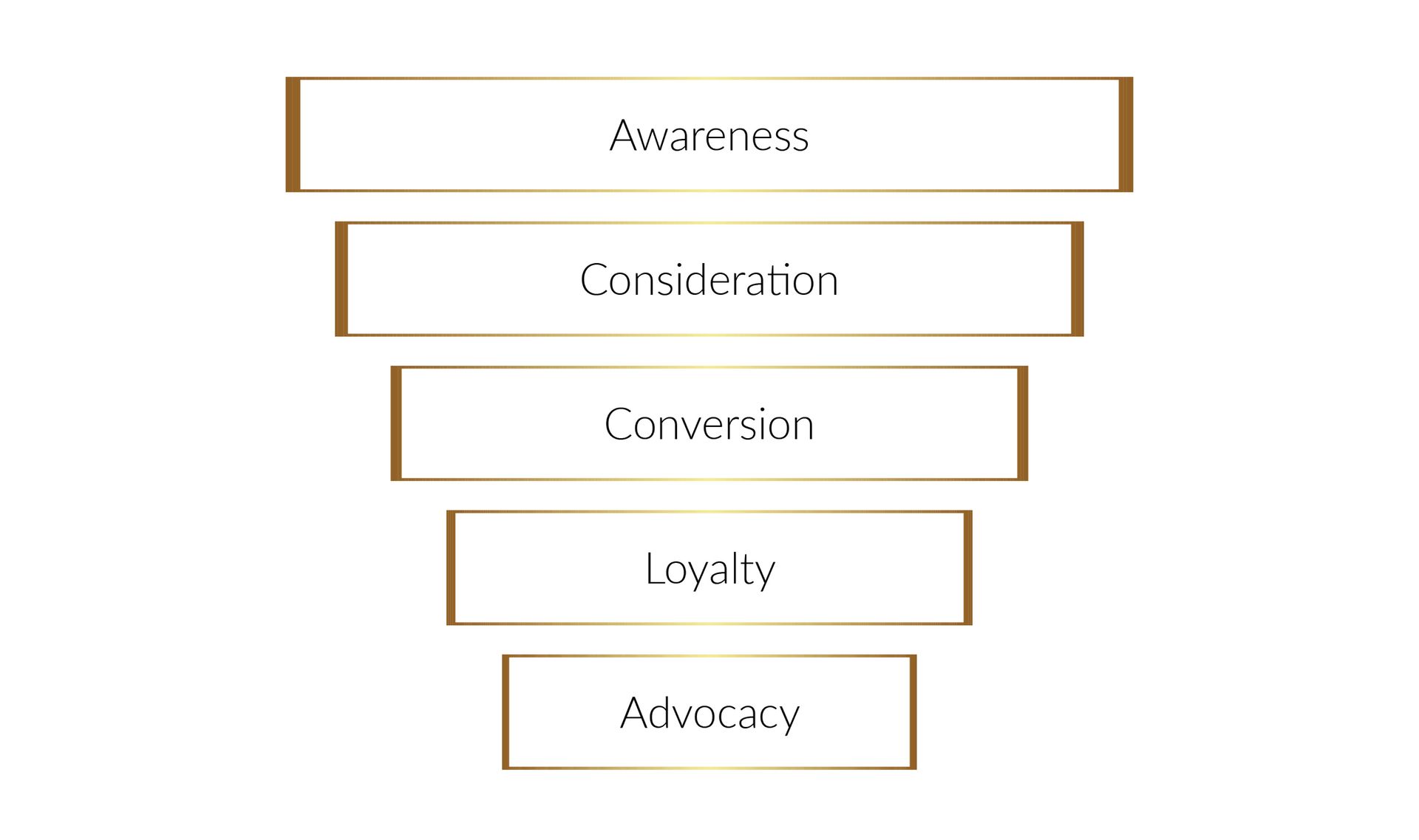Understanding & Nurturing Top Talent: Why They Leave and How to Keep Them
Navigating the Challenges of Talent Retention: Unraveling the Causes and Crafting Solutions

Understanding & Nurturing Top Talent: Why They Leave and How to Keep Them
Introduction
In today's fiercely competitive business landscape, top performers have become a company's most valuable assets. Their unique skills, dedication, and productivity can significantly propel an organization's success. However, retaining this high-caliber talent is often a formidable challenge. To effectively address this issue, we need to delve into the reasons top performers may leave and outline strategies to nurture and keep them engaged.
Why Disengaging Processes Drive Top Talent Away
Among the principal reasons high-performers consider leaving their current organizations are disengaging processes. These may include rigid structures, bureaucratic red tape, or the absence of intellectual stimulation, which can stifle a high-performing employee's ability to grow. Contrary to popular belief, the motivation of top talent often extends beyond monetary compensation, focusing heavily on the ability to learn, innovate, and make an impact.
Companies need to ensure they are fostering an environment that promotes innovation and continuous learning. Implementing flexible structures that encourage high-performing individuals to collaborate and stimulate creativity is critical. As a result, companies should constantly review and adapt their processes to ensure they're supporting, not obstructing, the efforts of their employees.
Identifying the Signs of a High Performer's Potential Exit
Recognizing the warning signs of a top performer preparing to leave is crucial in providing an opportunity to address and potentially reverse the situation. This includes observing subtle behavioral changes to more noticeable shifts in work patterns.
These indicators could be a lack of enthusiasm about future plans or long-term projects, decreased participation in meetings, frequent absences, or diminished interest in advancement opportunities. If a high performer becomes notably more reserved after being passed over for a promotion or raise, they might be dissatisfied and start exploring external opportunities. Proactively addressing these signs can significantly improve talent retention.
Strategies for Retaining Top Performers
To retain top talent, organizations need to implement multi-faceted strategies that focus on more than just offering competitive salaries. These strategies may include:
- Recognition: Acknowledge a job well done, reward top performers, and provide guidance to improve performance where needed.
- Growth Opportunities: Provide clear career paths, promote from within, and offer opportunities for continuous learning and professional development.
- Work-life Balance: Show flexibility with vacation days and maintain a healthy work-life balance to boost employee satisfaction and loyalty.
- Competitive Compensation: Offering a competitive remuneration and benefits package is still an essential part of an effective retention strategy.
- Culture and Engagement: Cultivate a healthy work culture that promotes a sense of belonging and encourages employee engagement.
The Role of a Strong Onboarding Process and Employee Engagement
In our ever-evolving digital age, attracting and retaining top talent requires strategies that evolve in tandem. One crucial aspect is a top-tier onboarding process that sets the tone for new hires' experience with the company. This not only influences their initial impressions but also their long-term engagement with the organization.
Additionally, maintaining a pulse on employee engagement levels is critical. Regular check-ins, employee surveys, and feedback sessions help understand the workforce's sentiment and implement necessary changes.
Identifying Top Talent Within Your Organization
Identifying top talent within your organization is not just about performance metrics. Certain behaviors and characteristics like a positive attitude, entrepreneurial spirit, effective communication skills, and a strong commitment to the company's culture and mission can indicate top talent.
Addressing Burnout Among High Performers
Despite their dedication, high performers are often susceptible to burnout due to the intense workload. Continuous stress and pressure can lead to emotional exhaustion, impacting their performance and job satisfaction. Proactively identifying and managing burnout symptoms are critical, and companies can achieve this by promoting a supportive work environment, encouraging work-life balance, and providing stress management resources.
When to Part Ways with a Top Performer
Despite best efforts, there may be instances where it becomes necessary to part ways with a top performer. If they repeatedly fail to improve despite multiple opportunities, the most viable option might be to sever ties. This decision should never be taken lightly, and organizations must ensure they follow a fair process with clear timelines.
Conclusion: Cultivating a Culture for Talent Retention
Retaining top talent requires an organizational culture that values, respects, and engages its employees. High performers need to feel their contributions are appreciated and that their professional growth is a priority. By understanding the reasons behind talent attrition and effectively implementing engagement strategies, companies can create a sustainable talent management strategy that fosters a thriving and innovative work environment.
Top Talent, Talent Management, Employee Engagement, Talent Retention, Employee Burnout, High Performer, Employee Recognition, Talent Attraction, Company Culture, Employee Satisfaction, Disengaging Processes, Career Advancement, Employee Motivation, Onboarding Process, Digital Age.
Eager to learn more?
Check out these book recommendations to learn more about Employee Retention.




